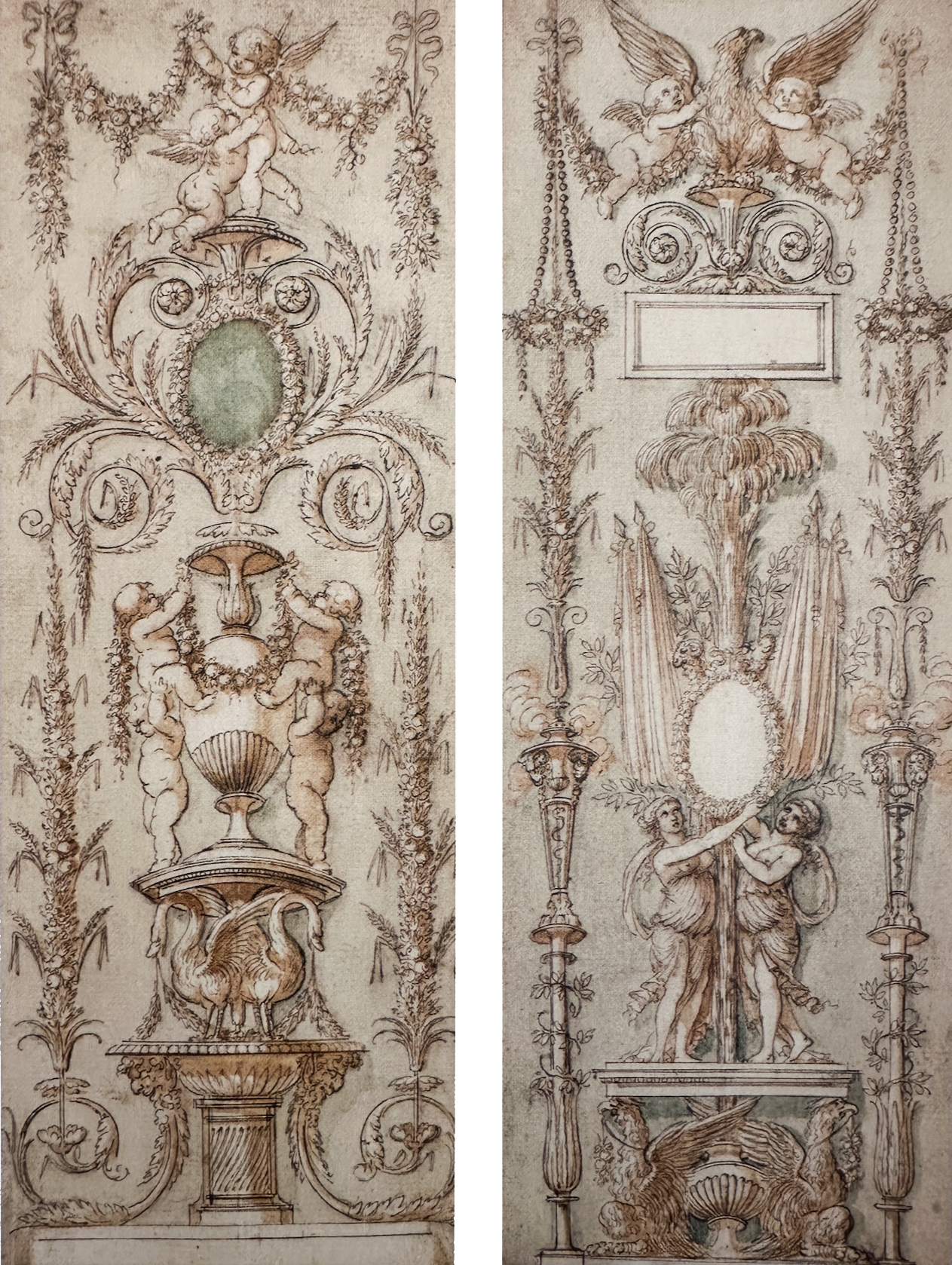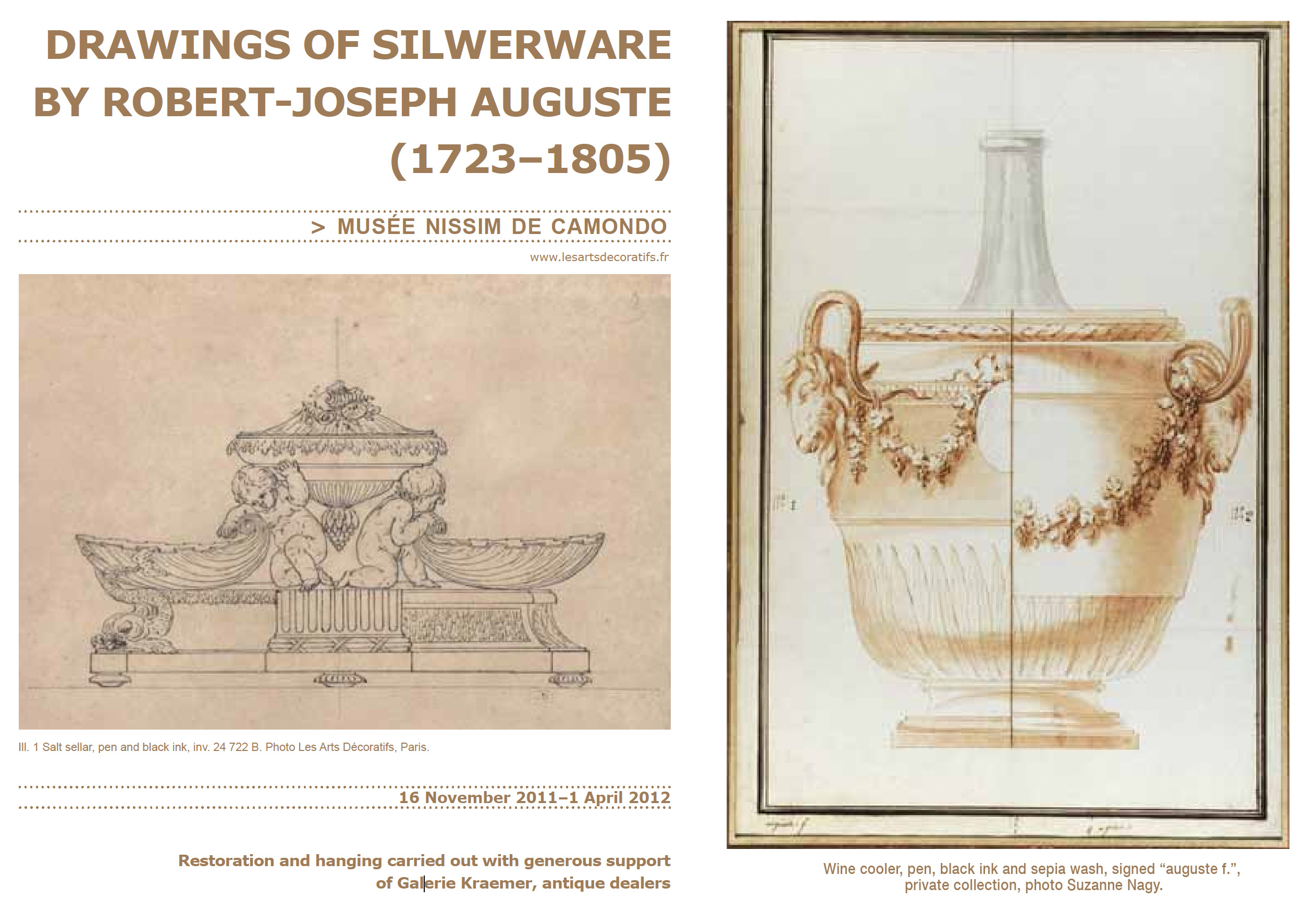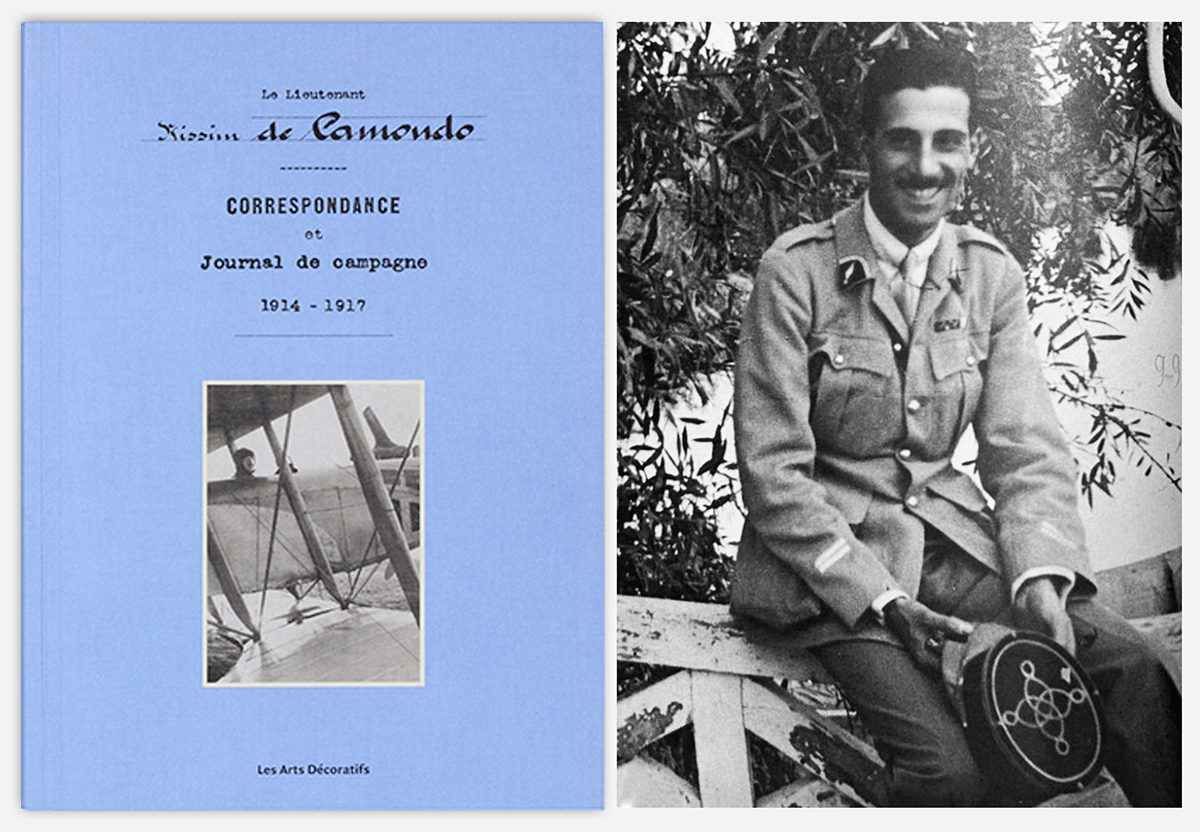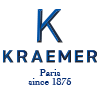Musée Nissim de Camondo
Exhibition: “Drawing and Chiseling Bronze, Jean-Louis Prieur (1732 – 1795)”
From October 15, 2015, to January 17, 2016
The sculptor and chaser Jean-Louis Prieur (1732 – 1795) is one of the most renowned bronzers of the neoclassical period.
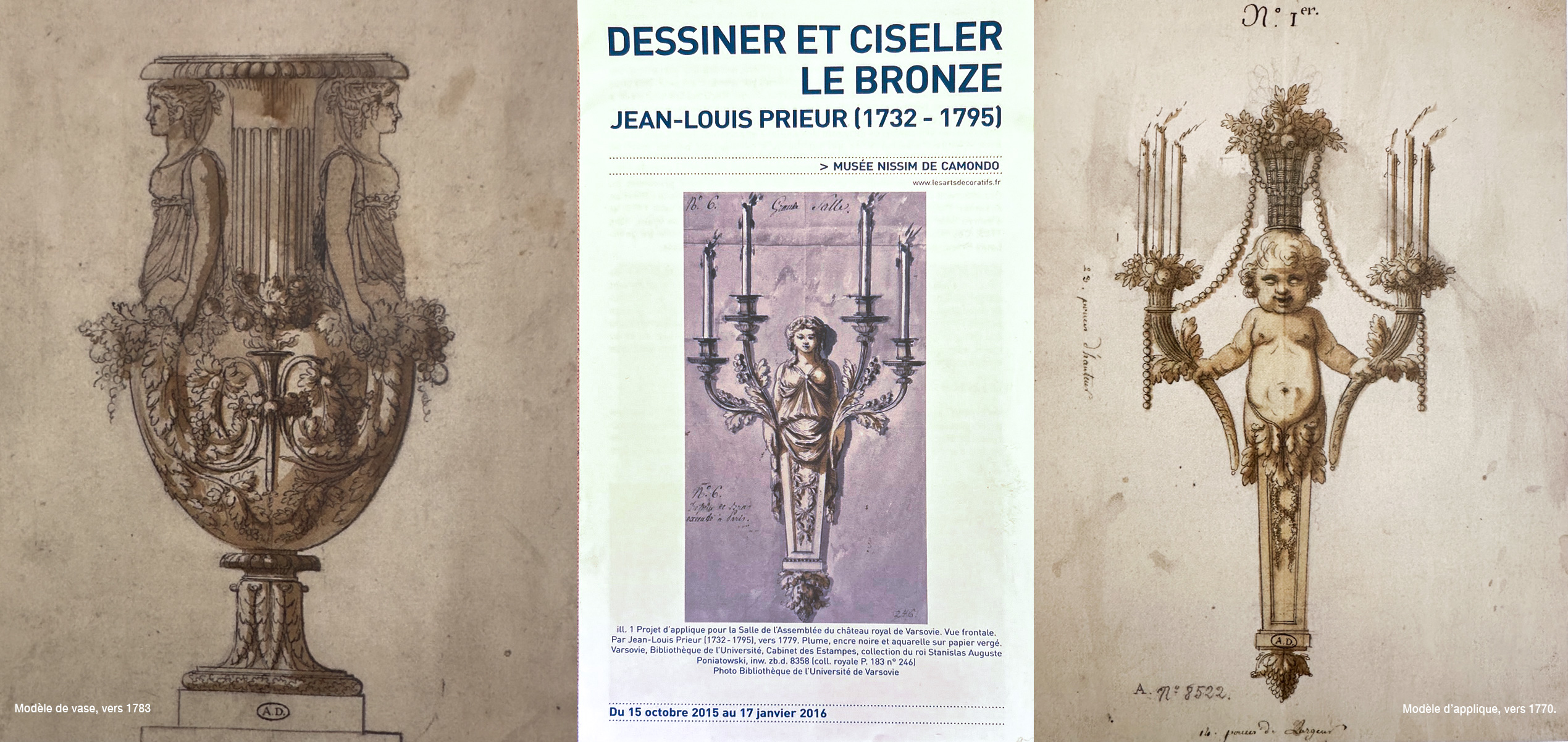
The exhibition featured twenty-one drawings attributed to him, sourced from the Department of Graphic Arts at the Musée des Arts Décoratifs and the Kraemer collection.
This selection includes models for bronze work from around 1770 and others for engraving, consisting of ornamental mounts and vases, from around 1783.
These sheets are representative of the evolution of Jean-Louis Prieur’s career, who became an ornamental designer in 1778.
Musée Nissim de Camondo
Exhibition of Goldsmith Drawings from the Workshop of Robert-Joseph Auguste.
From November 16, 2011, to April 1, 2012
Born in Mons in 1723, Robert-Joseph Auguste was admitted as a master in Paris in 1757 and held the title of ordinary goldsmith to the king from 1777.
Housed in the galleries of the Louvre in 1784, he handed over his business to his son Henry the following year. As nothing has survived from his supplies for the Crown, his work is better known through the pieces of goldsmith work and complete services he created for the courts of Lisbon, London, Copenhagen, Saint Petersburg, and Stockholm.
Supported by Galerie Kraemer, the Musée Nissim de Camondo exhibited goldsmith drawings that highlighted the extraordinary talent of the artist.
Musée Nissim de Camondo
Lieutenant Nissim de Camondo,
Correspondence and Campaign Journal, 1914 – 1917.
Exhibition from September 21, 2017, to March 11, 2018,
and publication of a book.
On September 5, 1917, Lieutenant Nissim de Camondo, son of Count Moïse de Camondo, went missing during an aerial mission while conducting photographic reconnaissance over the front between Germany and France.
The Kraemer family was deeply involved in the book and the subsequent exhibition, which presented the exchange of letters between Nissim and his family, particularly his father Moïse. It also included correspondence received by Moïse after his son’s disappearance.

